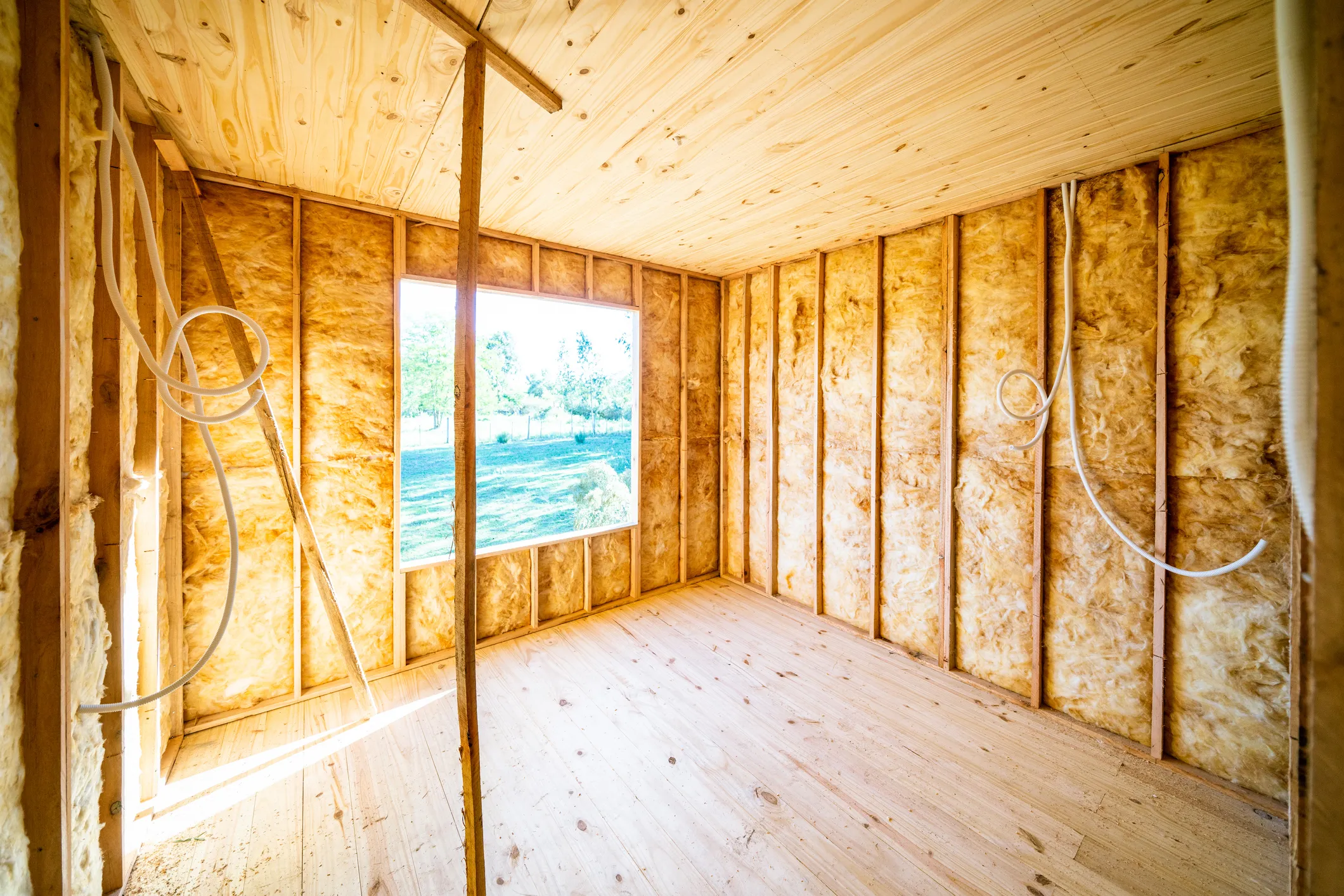Do You Need to Insulate Internal Walls?
When thinking about home improvements, the question of whether it’s worth insulating your home’s interior walls often arises. If you’re interested in knowing if your interior walls are insulated and whether it’s worthwhile to add insulation if they’re not, the information here can help you decide.
Are Interior Walls Usually Insulated?
Usually, the answer is no. Interior walls are commonly left uninsulated during construction because the energy efficiency benefits aren’t as great as insulating exterior walls, floors and ceilings. Province and local codes don’t mandate interior insulation, so it’s usually only present if the homebuyer specifically instructs the builder to add the extra insulation. If you weren’t included in the building process, there’s a very good chance your home’s interior walls are not insulated.
Is it Worth Insulating Interior Walls?
Reasons to insulate interior walls of a home include:
- Energy efficiency: Insulating interior walls helps maintain a stable temperature in various areas of your home, increasing comfort and reducing the strain on your heating and cooling system.
- Soundproofing: When you put insulation in your home’s interior walls, you dramatically reduce the amount of sound traveling between rooms. This is particularly ideal for creating a quieter and calmer atmosphere for a home office or nursery. It also helps contain the noise from a music room or home theater to avoid bothering family members in other rooms.
- Moisture protection: Certain types of wall insulation function as a moisture barrier, controlling the accumulation of dampness inside the walls of high-humidity spaces, such as kitchens, bathrooms and laundry rooms. Making sure these walls stay dry reduces the risk of mold, which can undermine indoor air quality and your home’s structural integrity.
- Fire protection: Some insulation materials are fire-resistant, providing an extra degree of safety. If a fire starts in the home, insulated interior walls slow the spread of flames, providing you and your family more time to get out of the home and potentially saving your property from considerable damage.
What Kind of Insulation Is Used for Interior Walls?
The right material for your interior wall insulation project depends on your specific needs and goals. Here are a few different forms to consider:
- Loose-fill insulation is suitable for situations where walls are already up, as it can be blown into the interior of the walls through small openings that are simple to patch afterward. Without the need for extensive renovation, this is a way to keep the cost and construction mess to a minimum.
- Spray foam insulation expands to fill cavities, cracks and gaps, making it great for irregular areas within walls or next to obstructions. It also offers exceptional thermal qualities and is good at reducing sound. Spray foam is a fantastic choice if you’re building new interior walls, although it typically is more costly.
- Fiberglass batts are a common, economical option that are easy to install in new construction or remodels where walls are are unfinished and still open. They supply reliable thermal performance but require careful installation to avoid gaps.
- Mineral wool is denser than fiberglass, making it a preferable option for fire resistance and soundproofing.
- Rigid foam board provides high insulation values in thin profiles, making it useful for new construction or significant renovations that involve thin interior walls. However, it cannot be installed if walls are already closed—they must still be open.
Additional Methods to Improve Home Efficiency
Even though insulating interior walls provides many benefits, it doesn’t do very much to lower your utility bills. If efficiency is your biggest focus, try these improvements to yield more significant results:
- Install additional attic insulation: This is the most effective place to add insulation to a home that is already built. A nice, big layer of attic insulation prevents heat from escaping in the winter and seeping in through the ceiling during the summer months.
- Seal air leaks: This involves pinpointing the location of and fixing leaks around doors, windows and other openings in exterior walls to stop warm or cool air from escaping. Caulk, weatherstripping and expanding spray foam are the most effective tools for the job.
- Install double-pane windows: If your home still has old, single-pane windows, think about installing double-pane windows for more insulation. This is an up-front expense but helps keep your home warmer in the winter and cooler and more comfortable in the summer.
- Install a smart thermostat: Thermostats with learning capabilities can change your home’s temperature to match your habits and preferences, optimizing energy use and lowering your utility bills.
- Replace old HVAC equipment: A new, energy-efficient furnace and air conditioner requires less energy to heat and cool your home than older less efficient equipment.
Improve Home Energy Efficiency in Edmonton with McKinley Heating Service Experts
McKinley Heating Service Experts can assist with many of your home remodeling goals. If it’s related to HVAC, plumbing or electrical, our experienced team can help! The certified technicians at McKinley Heating Service Experts provide speedy, long-term solutions with guaranteed results. If you’re not completely happy with our work, we pledge to make it right. For innovative solutions and expert service customized for your unique needs, phone 780-474-1481 today to reach the team at McKinley Heating Service Experts.

